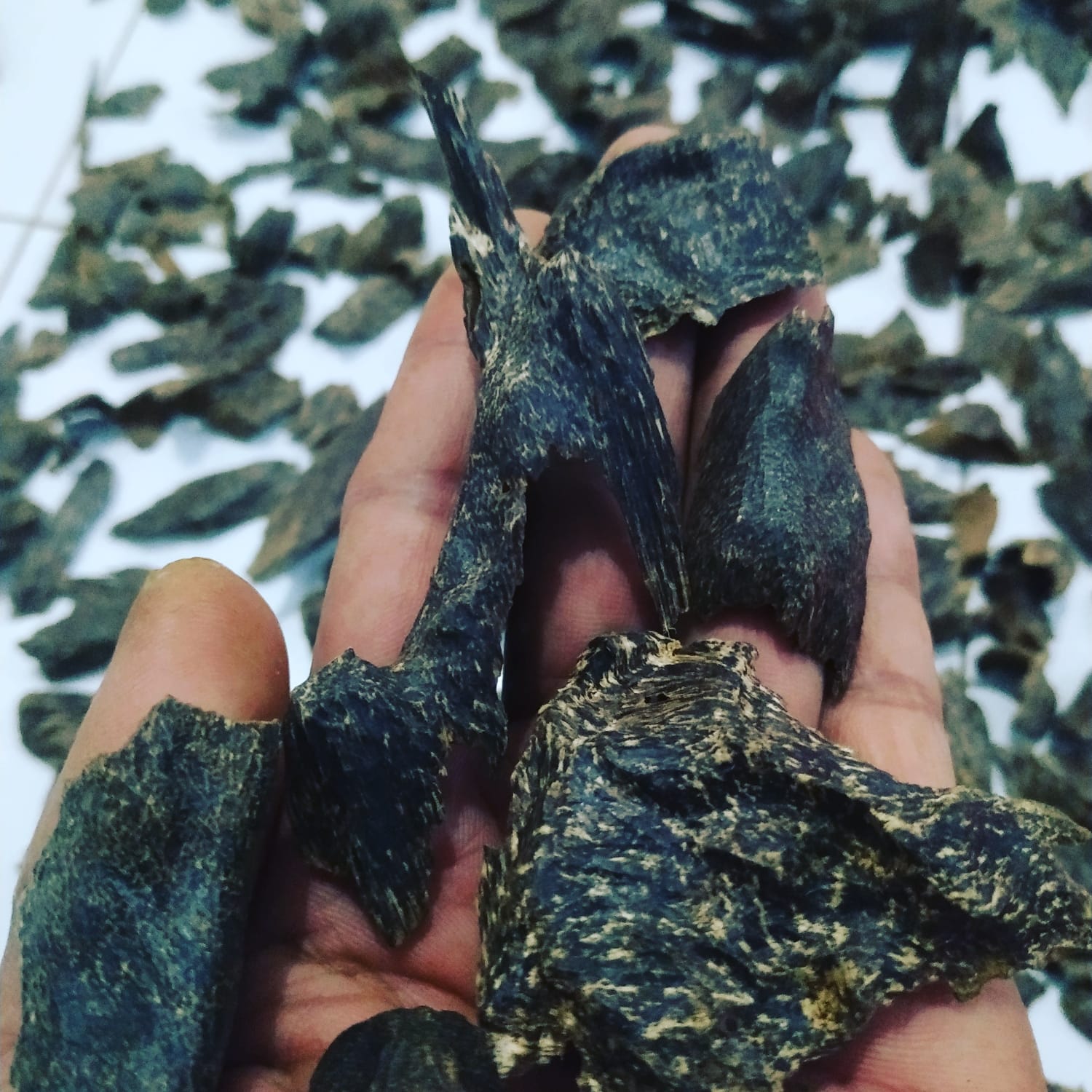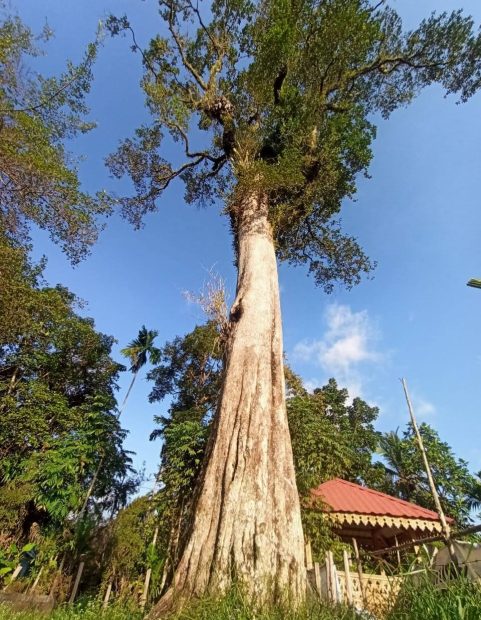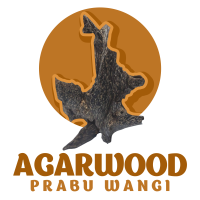
Botanical Background
Agarwood from Aquilaria spp by family : Thymelaeaceae
Native Regions:
Southeast Asia, including countries like India, Indonesia, Malaysia, Thailand, and the Philippines.

Native Regions:
Southeast Asia, including countries like India, Indonesia, Malaysia, Thailand, and the Philippines.

Agarwood is used in perfumes and incense. Its aromatic properties make it a valuable component in traditional and luxury fragrances. It is especially popular in religious and spiritual contexts, particularly in Hinduism, Buddhism, and Islam.
In traditional medicine, agarwood is used for its supposed therapeutic benefits, including its anti-inflammatory, antiseptic, and sedative properties. It is often incorporated into remedies for respiratory issues, digestive problems, and anxiety.
Agarwood has deep cultural and spiritual significance in many Asian societies. It is used in religious ceremonies, meditation practices, and as a symbol of wealth and status.

Mon – Fri : 9,00 am – 5,00 pm (UTC+07)
Sat & Sun : We are closed
Perum Estet Bukit Sentosa, i 22, jln jendral S Parman sungai beduk Batam Kepri.
Mail : info@agarwood17.com
Phone : +6281372541370